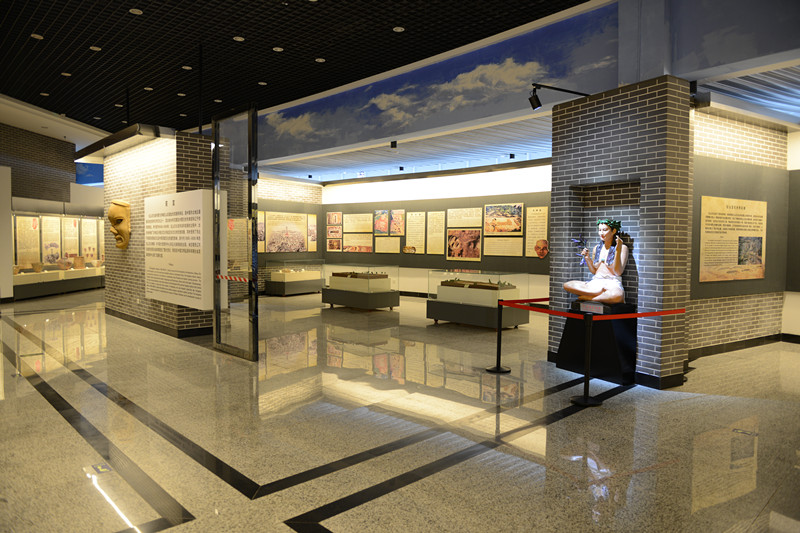红山文化因内蒙古赤峰红山后遗址的发掘而得名,是中国东北地区最著名的史前考古学文化之一。其主体分布范围在内蒙古的东南部和辽宁的西部地区,年代距今6500-5000年。红山文化在形成和发展的过程中,出色地承继了本地区兴隆洼文化和赵宝沟文化的优势因素,同时受到了东北平原诸多原始文化及中原仰韶文化的强烈影响。距今约 5500 -5000 年的红山文化晚期,牛河梁大型祭祀中心和玉礼制系统的出现,标志着西辽河流域的史前社会结构发生了重大变化,使其在中国文明起源和早期社会发展进程中占据了显要位置。
Hongshan culture gets its name for the unearthed ruins in Hongshan, Chifeng, Inner Mongolia, which is one of the most famous cultures of prehistoric archaeology in northern area of China. Its principal part is distributed in southeastern Inner Mongolia and western Liaoning, which can date back to 6500-5000 years ago. During its formation and development, Hongshan culture inherited brilliantly advantageous factors of local Xinglongwa culture and Zhaobaogou culture and simultaneously accepted the strong influence from many original cultures in the Northeast China Plain and Yangshao culture of Central Plains. In the later period of Hongshan culture 5500-5000 years ago, the appearance of the large-scale worshipping center of Niuheliang and jade ritual system signified that significant changes happened in prehistoric social structure of West Liaohe Basin, thus making it occupy an influential position in the origin of Chinese civilization and early social development process.
